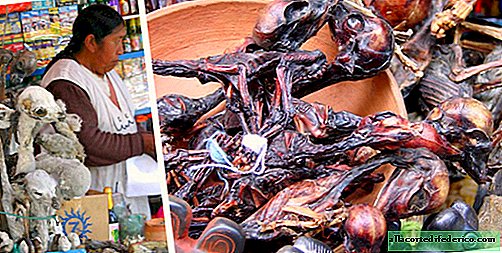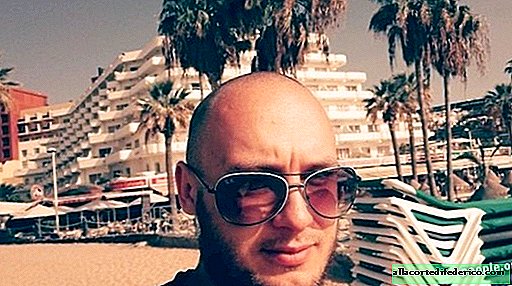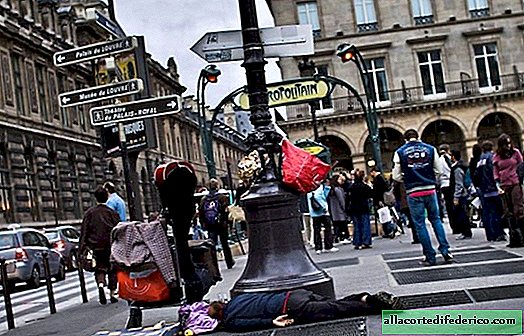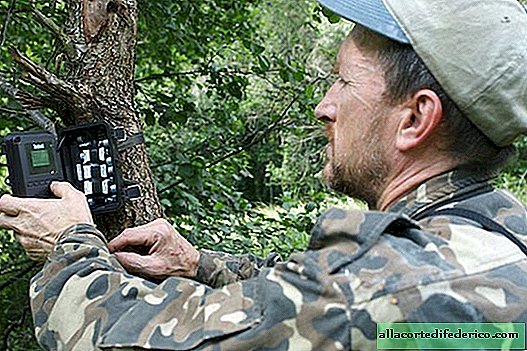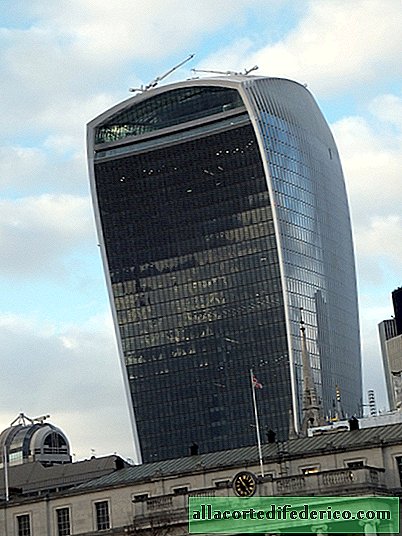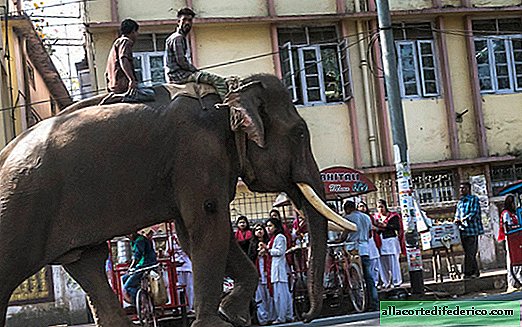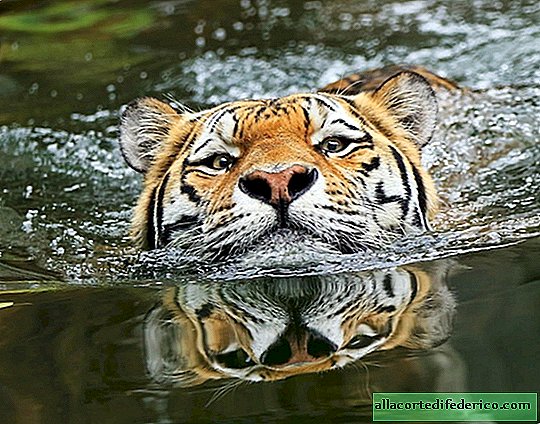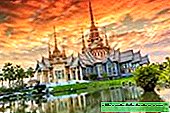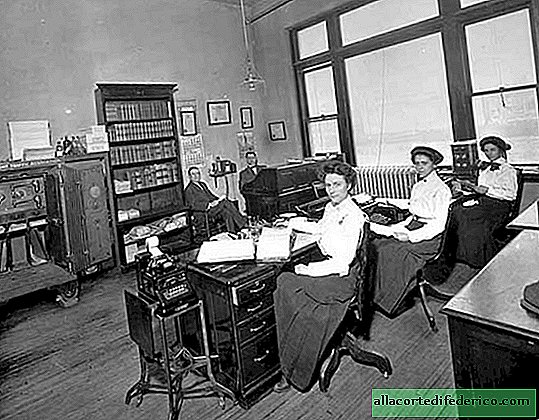Where did stone heads come from on Nemrut Dag Mountain in Turkey
Asia Minor is a place of mixing of many cultures and peoples living here in different eras. Thanks to its rich historical past, the territory of modern Turkey is replete with archaeological sites, some of which still keep their secrets. For example, on Mount Nemrut-Dag there are ruins of an ancient temple, the most famous part of which are the heads and other fragments of destroyed statues. The tomb of Tsar Antiochus I is supposedly located here.
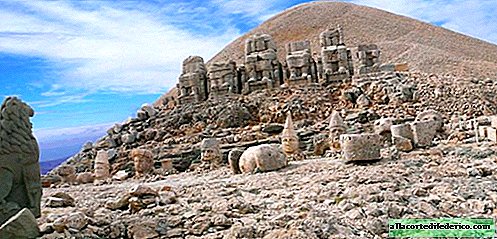
Mount Nemrut-Dag is located in the south-eastern part of the country, near the city of Adyyaman and has a height of more than 2100 meters. At the top of this mountain are the ruins of an ancient temple, which was built during the existence of a state in the region under the name of the Commagena kingdom. It was founded by the Armenian dynasty of Hervidov and lasted about 2 centuries, having lost independence as a result of joining the Roman Empire in 72 AD.

The most famous ruler of this state was Antiochus I, who was distinguished by great ambitions and a warlike attitude towards neighbors. The king considered himself not only the successor of the Armenian-Iranian dynasties, but also a descendant of Alexander the Great himself, and later declared himself the supreme deity of the new religion, which he himself created. In order for the body of God and the greatest king, as Antiochus I considered himself, to rest in the proper place after death, he ordered the construction of a future tomb on Mount Nemrut-Dag. An important part of this grandiose upland monument was the temple, decorated with sculptures of gods, heroes of the ancient world and various animals. Initially, statues of Zeus, Apollo, Heracles, and Antiochus I himself were installed here, as the supreme deity of the new religion. The stone gods were depicted seated on a throne. But due to frequent earthquakes and the repeated change of power in this territory, the temple was completely destroyed. This fate and the statues could not be avoided: today only fragments remain of them. The heads of the giant statues are best preserved and were placed on improvised stone pedestals. In addition to them, sculptures with animals that are also found on Mount Nemrut-Dag are well preserved.

As for the burial of the ancient king, it has not yet been found. Most likely, Antiochus I was buried here, on the top of the mountain, next to the ruins of his magnificent temple.

